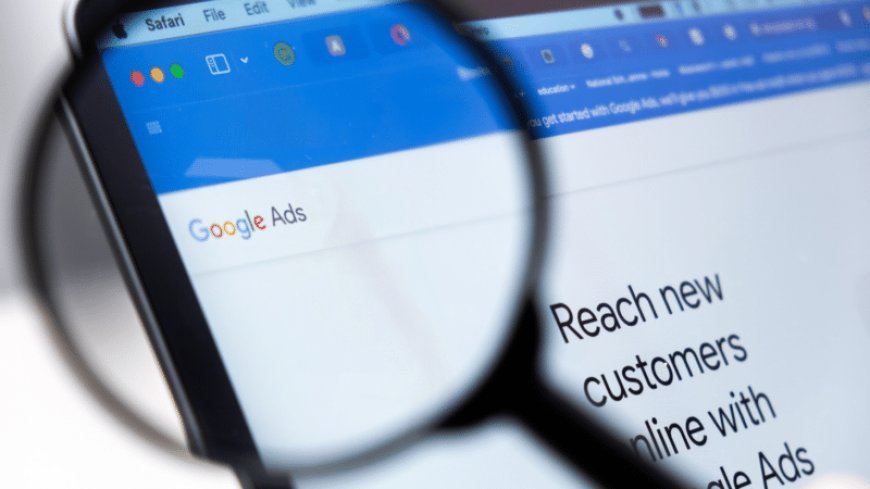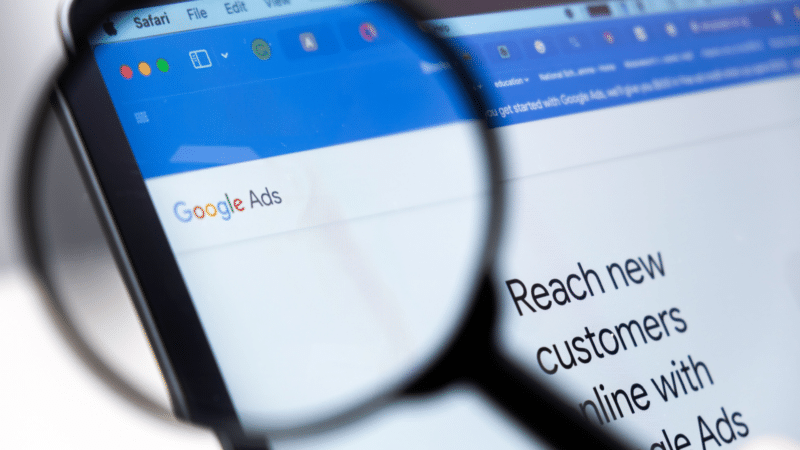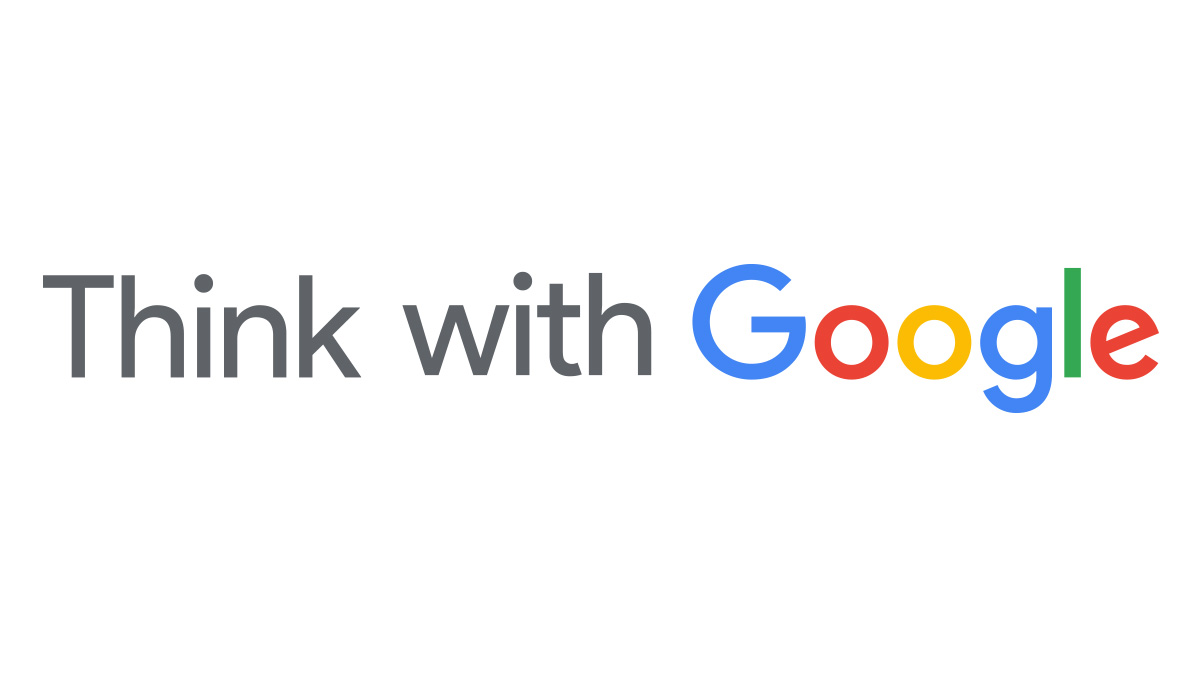What Google’s new Performance Max controls mean for advertisers
New features like negative keywords and improved reports help refine campaigns, offering more control for advertisers.


Google recently announced new capabilities for Performance Max, with campaign-level negative keywords taking center stage.
PPC marketers have not been shy about their reactions. However, between the polar opposites is a middle ground that not many are considering – one where a lot of what happens comes down to the mindset of the marketers using these tools.
I’m grateful that Google is listening and giving us these controls. In this article, I will explore the scenarios where I think they make sense.
Fundamentally, Performance Max is not about keywords but about understanding the traffic it brings and how it does that.
Keep that in mind as we dive into what might change because of Google’s latest news.
The changes: What’s coming to Performance Max
Google’s announcements spanned multiple ad and ad-related technologies.
Still, the ones specific to Performance Max stood out for one reason: They reverse Google’s recent trend of taking control and visibility away from advertisers.
These include:
- Campaign-level negative keywords (self-serve beta) by the end of the year.
- Impression share reports for Search and Shopping ads.
- Asset coverage reports and recommendations for underperforming asset groups.
- Target pacing insights for CPA and ROAS goals.
- Continued rollout of asset-level conversion metrics.
Read the full list of announcements – including features for Gemini and Demand Gen – in this thread from Ginny Marvin:
The story so far: Performance Max is not for everyone
Until now, an account’s advertising and business needs made a huge difference in whether Performance Max was a viable option.
A common example from ecommerce: Mass retailers with large budgets have different limitations than growing private label brands who were Meta-first.
Some other reasons why an account may not be a good fit for Performance Max:
- Weak or no audience signals
- Absence of offline conversion data
- Inexperienced account manager
- Lead generation with several lead stages
Each contributed to Performance Max – a largely algorithm-driven campaign that requires strong data inputs – delivering suboptimal results.
While it still takes some time for these newly announced controls to be available to all advertisers, many of these limitations will be removed once that happens.
The next chapter: Campaign-level negative keywords make Performance Max more viable
I think it’s wonderful that Google is adding campaign-level negative keywords to Performance Max, but I’d also warn marketers and advertisers not to become too reliant on it.
The idea of Performance Max is not to over-optimize keywords but to provide the right inputs – product data, audience signals and online and offline conversion tracking – so that it can directly negate what doesn’t work.
At the same time, these changes are welcome in certain scenarios.
For example, we run many lead-gen search campaigns for a client in a specific subset of the healthcare industry. So far, we’ve avoided Performance Max because it tends to drive traffic that I know will never turn into customers.
These changes allow me to launch with Performance Max more comfortably in campaigns that tend to be a bit lower on budget or don’t really have strong enough signals or where offline tracking isn’t available.
Now, I can apply all the negative keywords that I know will never work for this industry right out of the gate.
Would Performance Max eventually block a lot of that if I could give it the right conversion tracking and data signals?
Probably. But sometimes you’re just not able to source those – or more commonly, you just want to block it from the get-go instead of wasting money on that learning period.
Think of smaller ecommerce brands with limited budgets in the initial phase, where Performance Max tries to acquire and amass data. These accounts will soon be able to monitor search insights and block something sooner than the system would once it gathered enough data to learn what does and doesn’t work.
Allocate budget more wisely with impression share reporting
Another announcement that has my full enthusiasm is impression share reporting, which has never been available in Performance Max. This update will make the campaign far more viable.
At this moment, all you can access is click share, which doesn’t really tell you much beyond the percentage of clicks across all ads. If I’m interested in what percentage of shopping or search ads my accounts show up for, I have no way of knowing.
The more you spend on Performance Max, the wider a net it has to cast. So once Google tells me a Performance Max campaign is spending $X and that I should increase budget by $Y, impression share shows me how much further I can go before capping out.
If you’re currently at 20% impression share with good performance, you can increase the budget and it’s likely to just keep pulling in more high-quality impressions. But if you’re at 80-90% impression share, increasing your budget will likely make it lean more toward traffic that doesn’t convert as well (e.g., display, video, retargeting).
Conclusion
Whether Google’s next product update further restores advertisers’ control or reduces it once more, complaining will do little to help anyone. I like to look for positives and encourage others to do the same.
For example, the ability to give Gemini up to five reference images for your desired output is a step forward. So are brand guidelines, which means added control over elements like fonts and colors.
Both of these were part of the same announcement, yet I’ve heard very little about how these will improve both output and outcomes.
Let’s all spend a little more time on the creative side of our industry instead of tearing down everything, even when ad platforms try to restore some of the trust that was lost.
What's Your Reaction?


























 A new beta for (self-serve) campaign-level negative keywords will start rolling out by the end of the year. Stay tuned for details. ….
A new beta for (self-serve) campaign-level negative keywords will start rolling out by the end of the year. Stay tuned for details. ….

